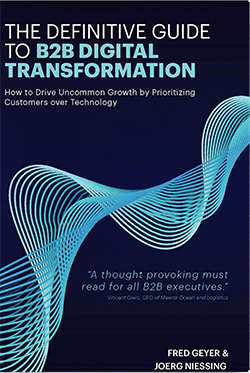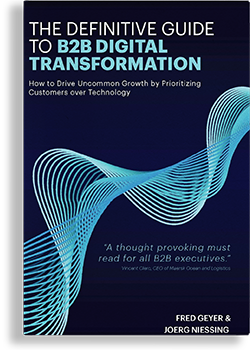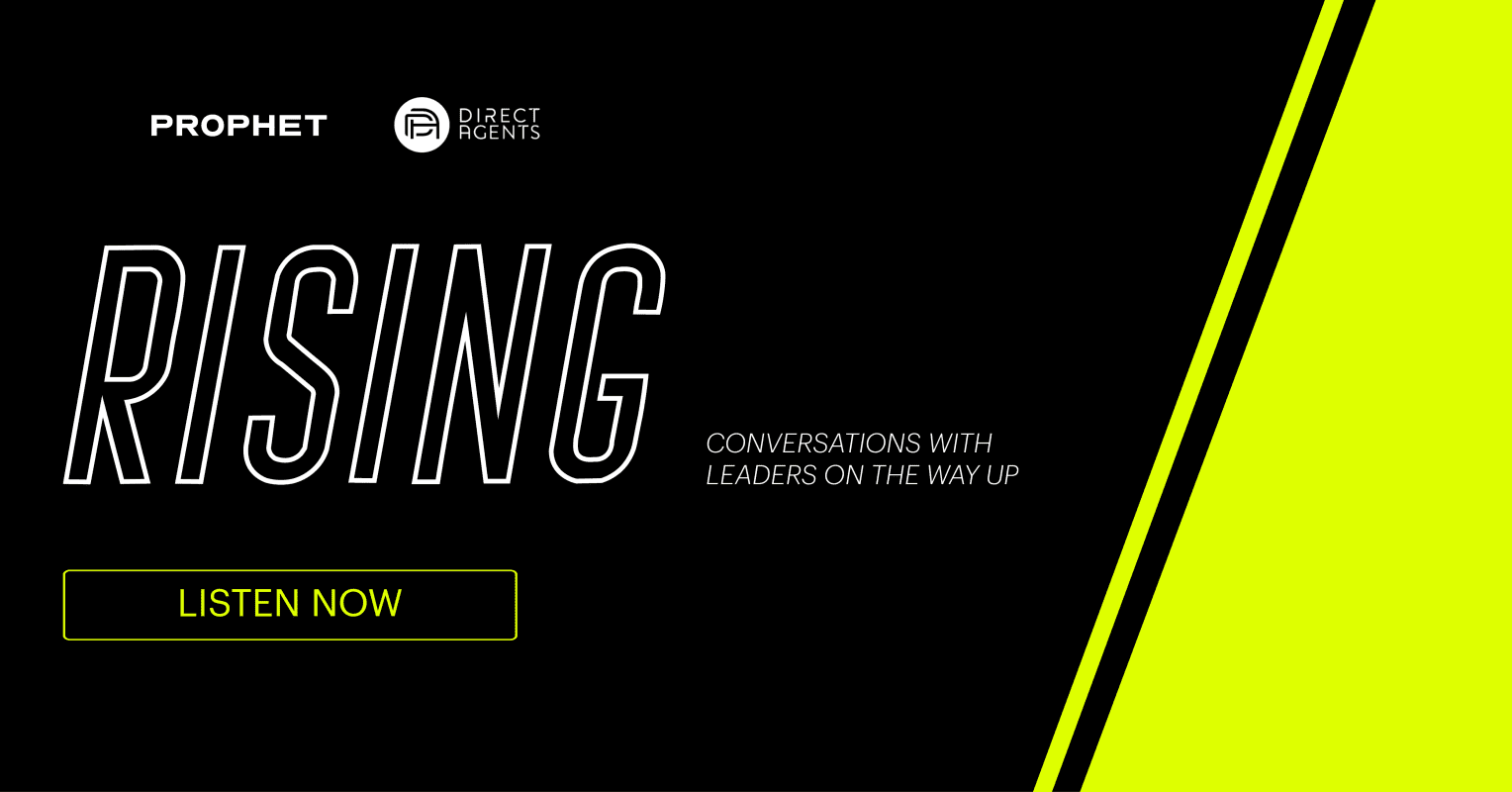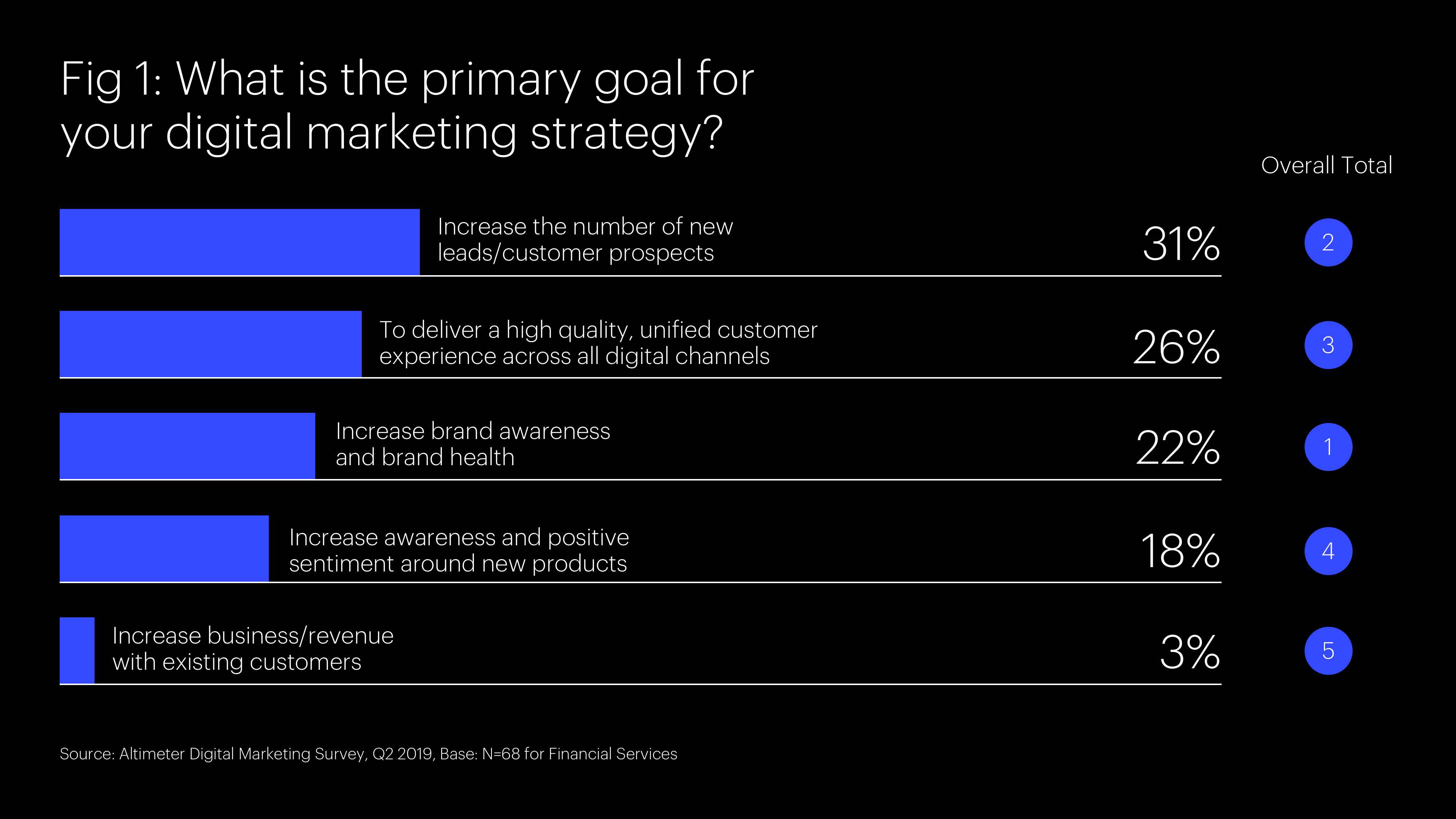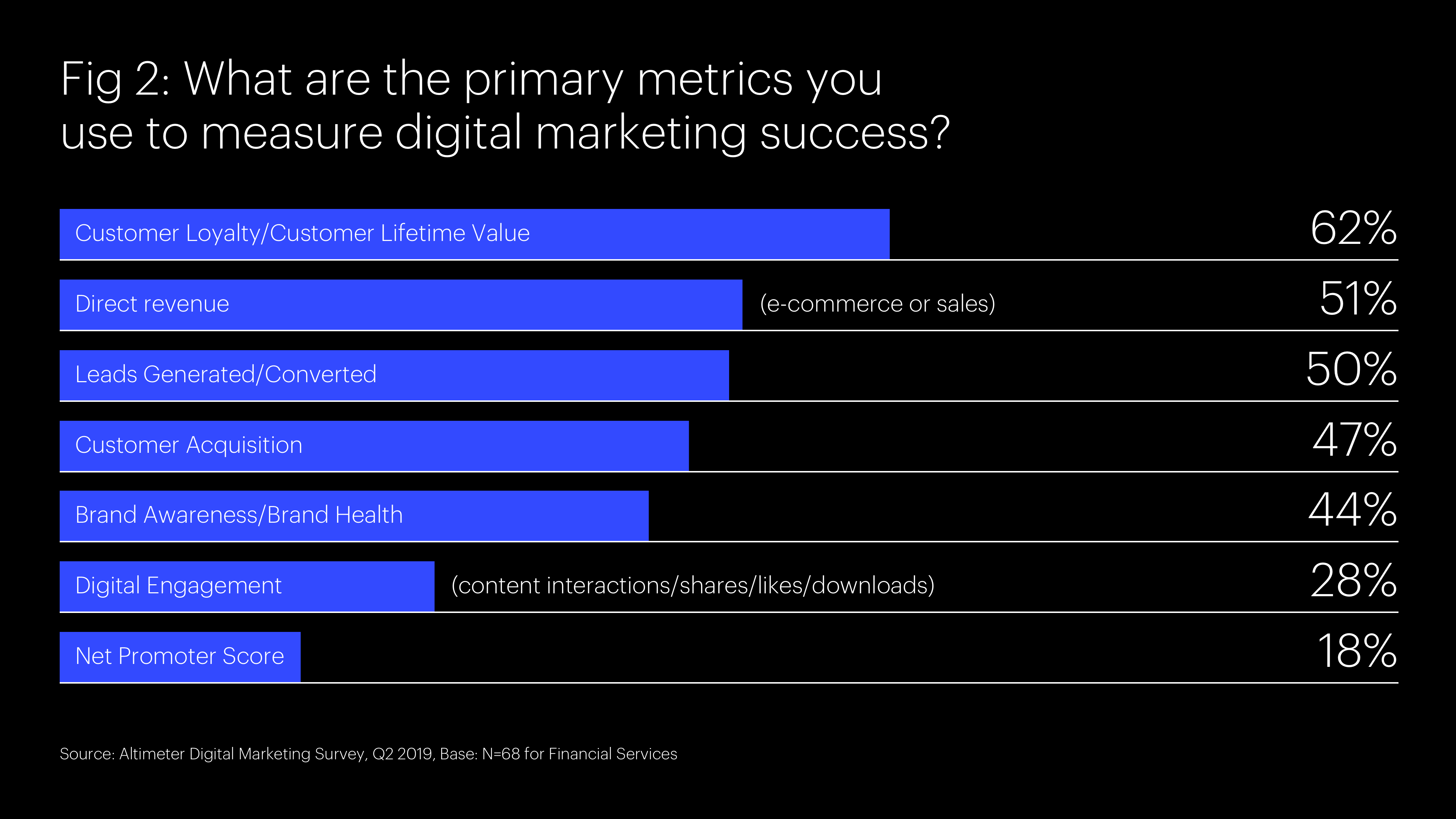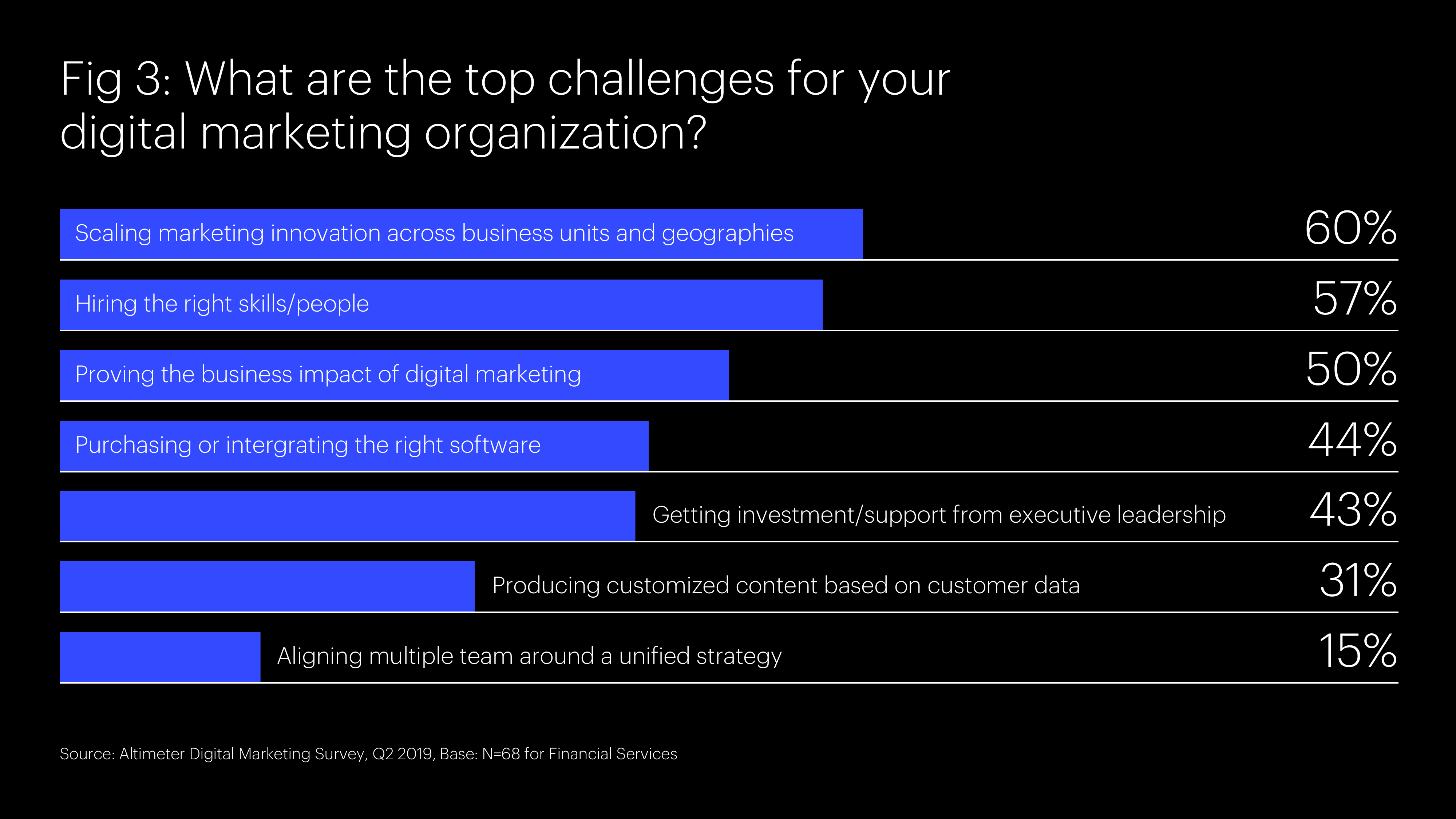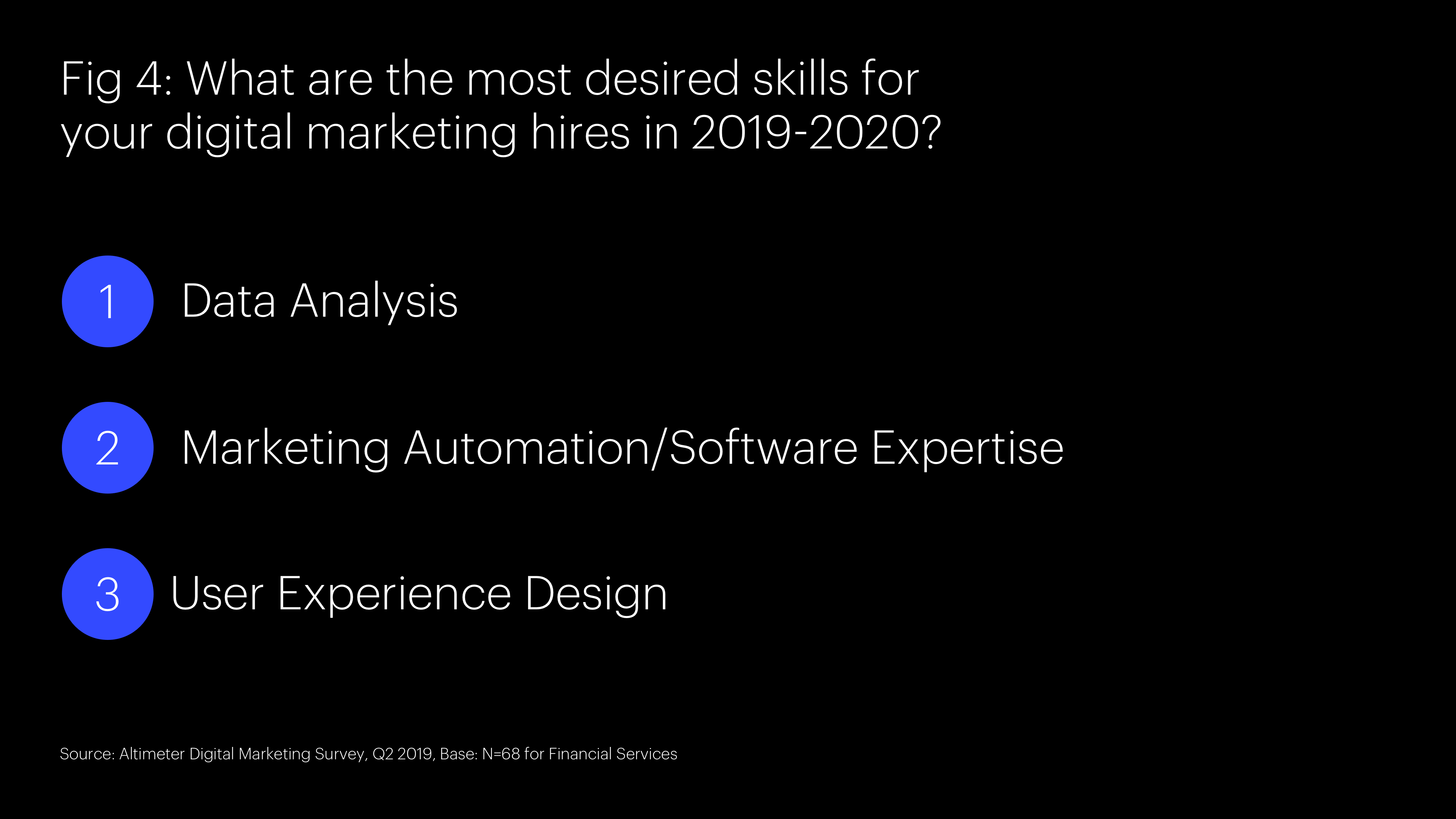BLOG
Embracing the DTC Business Model for B2B2C
New ways to view content, community and commerce can help reframe outdated business models.
Reframing a direct-to-consumer business model for a B2B/B2B2C enterprise will uncover customer growth and loyalty.
Brands engage directly with your customers, no matter who they are or what your business is. Through social media and Ecommerce, everyone from buyers at enterprises to end consumers see direct channels as table stakes. So, how are you directly engaging with your customers to transform and grow your business? And if you still haven’t gone direct, there’s no day but today. Here’s why.
Direct-to-consumer (DTC) businesses have disrupted many legacy business models. For example, Lemonade took on the insurance business, a high-margin industry, armed with intermediary agents and salespeople, and took it directly, without the dependency on channel partners. And they were welcomed on Wall Street with a stellar IPO. Even more impressive is how they figured out a way to make SEO work for them with a brand name like Lemonade.
With new players coming up fast, even in commercial industries, like energy and manufacturing, legacy businesses need to understand the challenges of DTC brands (which I have covered in previous pieces here and here). Then, they need to look to apply a DTC model to a highly scaled, operationally savvy business. Applying DTC principles and tactics to your business might be the secret sauce you’ve been looking for in transformative growth.
Here’s why B2B companies need to embrace a DTC model.
Your customers are consumers, too
With the massive growth and adoption of digital-native companies like Amazon, Uber and DoorDash, the expectations around customer experience have shifted. Ease of use, transparency, high accessibility and availability are part of the digital customer experience. So why would the same person who tracks their dinner delivery en route, not have the same expectation of transparency and updates with critical business transactions?
Innovate or die, but at least go down fighting
In the very near future, the next generation of DTC businesses will reach a level of growth and maturity because they’ll have out-innovated incumbent companies. They will catch up on brand portfolio management, optimization of the distribution and operational scale and strategic inorganic growth. These new entrants will be positioned where long-standing companies will no longer have much leverage to compete.
However, there is still a window of opportunity for incumbents to act; but, fast innovation must be the mandate. There aren’t any fancy tricks in innovation, but embracing a design-thinking and strategic-testing gut will be necessary to turn a big ship. How much are you investing in innovation? What criteria are you using to consider companies to watch, partner with, invest in or buy?
Help me help you
The common concern we hear with B2B and B2B2C companies is the fear that going direct will cannibalize channel business and hurt long-standing, trusted sales partnerships. However, if done right, owning and bolstering your direct channels should actually improve the overall brand experience, which helps your sales and retail. Applying a DTC mindset doesn’t require launching a direct commerce business. It does require the utilization of DTC business tactics in customer acquisition, performance marketing, branding, communication, customer service, etc.
“If done right, owning and bolstering your direct channels should actually improve the overall brand experience, which helps your sales and retail.”
At the end of the long day, the brand experience is on you. Customers place the burden of the brand—to deliver, to live up to the brand promise—on the brand itself, and not on intermediaries. Foregoing direct channels allows your channel partners to own conversations with your customers. A DTC model helps diffuse that dependence and rewards you with the customer data that can identify essential behaviors. Once you have these customer insights, you must create an environment where partners can learn from your data and further strengthen the partner relationships.
Speaking of first-party data…
Ain’t no party like a first-party data, ‘cause a first-party data is first.
One of the biggest benefits of going direct is owning, controlling and learning from direct customer data. The learning is key. The immediacy of readily available data is key. Customer insights to be applied, tested…rinse and repeat. It equips you to expedite learnings by shortening the feedback loop, to observe and listen to your customers, and to raise critical business decisions, faster and earlier. Annual customer insight reports are interesting, but oftentimes it’s too late. It reports history. You want your data to work for you to inform your next steps. A DTC mindset means looking at your data daily, even hourly, in performance-based operational models.
The DTC Trifecta – Content, Community and Commerce
The undeniable power in direct-to-consumer is when you have the winning combination of content, community and commerce in a beautiful orchestration. Being a great storyteller to a devoted brand tribe will deliver on customer loyalty. The DTC Trifecta is the goal, and building each muscle does not require all three to be there to start. Don’t have direct commerce, don’t think you ever will? Then build your content and community. Don’t have a dedicated brand tribe or community yet? Then build your content to attract an audience so you can nurture and grow a community.
FINAL THOUGHTS
Hopefully, you are persuaded by now. And sure, the words are straightforward, but we know that the process and path for change are windy. If you’re wondering where and how to start applying a DTC mindset, we’re here to help. We’re happy to share with you what we are seeing in your direct industry and competitors. And can help determine how to get started. Let’s chat.



